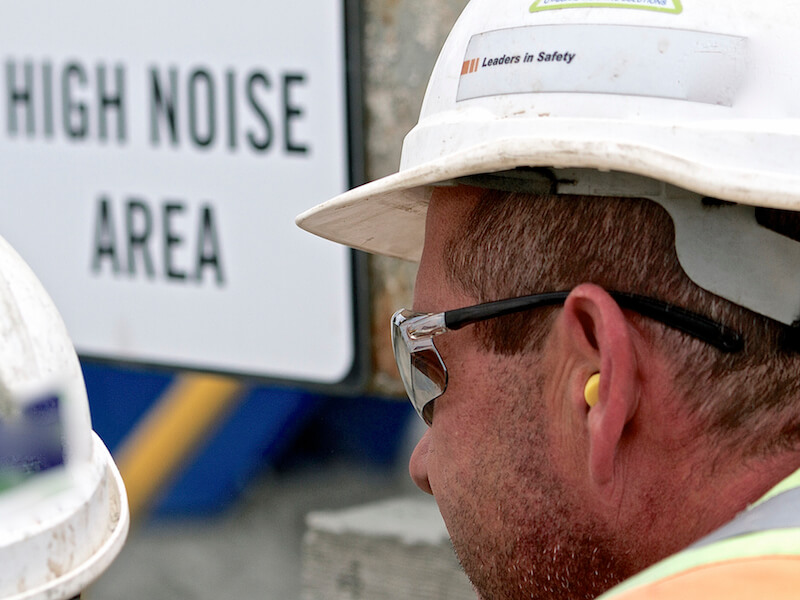
Your hearing can be harmed by a loud workplace and it can also affect your concentration. The health of your hearing can be negatively impacted by even moderate noise levels if you’re exposed to it for numerous hours every day. That’s why it’s pretty smart to start asking questions like, “what level of hearing protection do I need”?
It isn’t common knowledge that numerous levels of hearing protection are available. But it makes sense when you stop to consider it. A jet engine mechanic will require a different level of protection than a truck driver.
Levels of Hearing Damage
The standard rule of thumb is that 85 decibels (dB) of sound can begin damaging your ears. Putting sound into context regarding its decibel level and how dangerous it is, isn’t something the majority of us are used to doing.
When you’re sitting in your car in city traffic, that’s around 85 decibels. No biggie, right? Actually, it’s rather significant. At least, it’s a big deal after several hours. Because it’s not just the loudness of the noise that you need to be aware of, it’s how long you’re exposed.
Common Danger Zones
It’s time to consider hearing protection if you’re exposed to noise at 85 dB or more for 8 hour days. But there are a few other important thresholds to take note of. If you’re exposed to:
- 90 dB (e.g., lawnmower): Anything above four hours is considered damaging to your ears.
- 100 dB (e.g., power tools): Your ears will be damaged when exposed to this noise level for 1 hour a day.
- 110 dB (e.g., leaf blower): Injury to your hearing takes place after 15 minutes of exposure to this noise level.
- 120 dB (e.g., rock concert): Any exposure can cause damage to your ears.
- 140 dB (e.g., jet engine): This level of noise will cause instant harm and probably pain to your ears.
When you’re going to be exposed to these levels of noise, use hearing protection that will bring the decibels in your ears down below 85 dB.
Find a Comfortable Fit
The effectiveness of ear protection is measured by something called a Noise Reduction Rate, or NRR. The higher the NRR, the quieter outside sound will be (temporarily).
The majority of workplaces will have guidelines as to what degree of protection will keep your hearing safe because it’s essential to have the correct protection.
But there’s another aspect to consider as well: comfort. It’s really essential that your hearing protection is comfortable to wear if you want to keep your ears safe. This is because you’re less likely to actually wear your hearing protection if it’s uncomfortable.
Hearing Protection Options
You’ve got three basic options to choose from:
- Earmuffs.
- Earplugs that sit just outside of the ear canal.
- In-ear earplugs
There are benefits and drawbacks to each type of protection, but most of your hearing protection decision will come down to personal preference. Earmuffs are the best option for people whose ears are irritated by earplugs. Other people might value the put-them-in-and-forget-them strategy of earplugs (of course, at the end of the workday you should take them out for a good cleaning).
Consistently Use Protection That Works Best For You
Any laps in your hearing protection can result in damage, so comfort is a significant factor. If earmuffs are scratchy and uncomfortable you’re more likely to remove them for short periods and that can have a negative impact on your hearing over time. So the most crucial decision you can make is to pick hearing protection that you’re comfortable leaving in place during your workday.
Investing in the degree of hearing protection you need can help keep your ears healthy and happy.
Call Today to Set Up an Appointment
